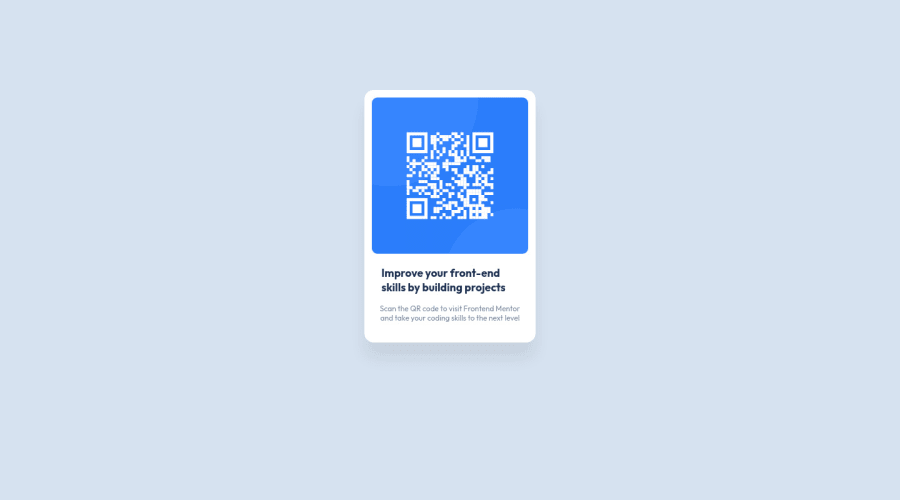
Design comparison
SolutionDesign
Solution retrospective
My biggest concern with my projects ( I have done others) is I always feel I can write less code, essentially do more with less.
Community feedback
Please log in to post a comment
Log in with GitHubJoin our Discord community
Join thousands of Frontend Mentor community members taking the challenges, sharing resources, helping each other, and chatting about all things front-end!
Join our Discord
